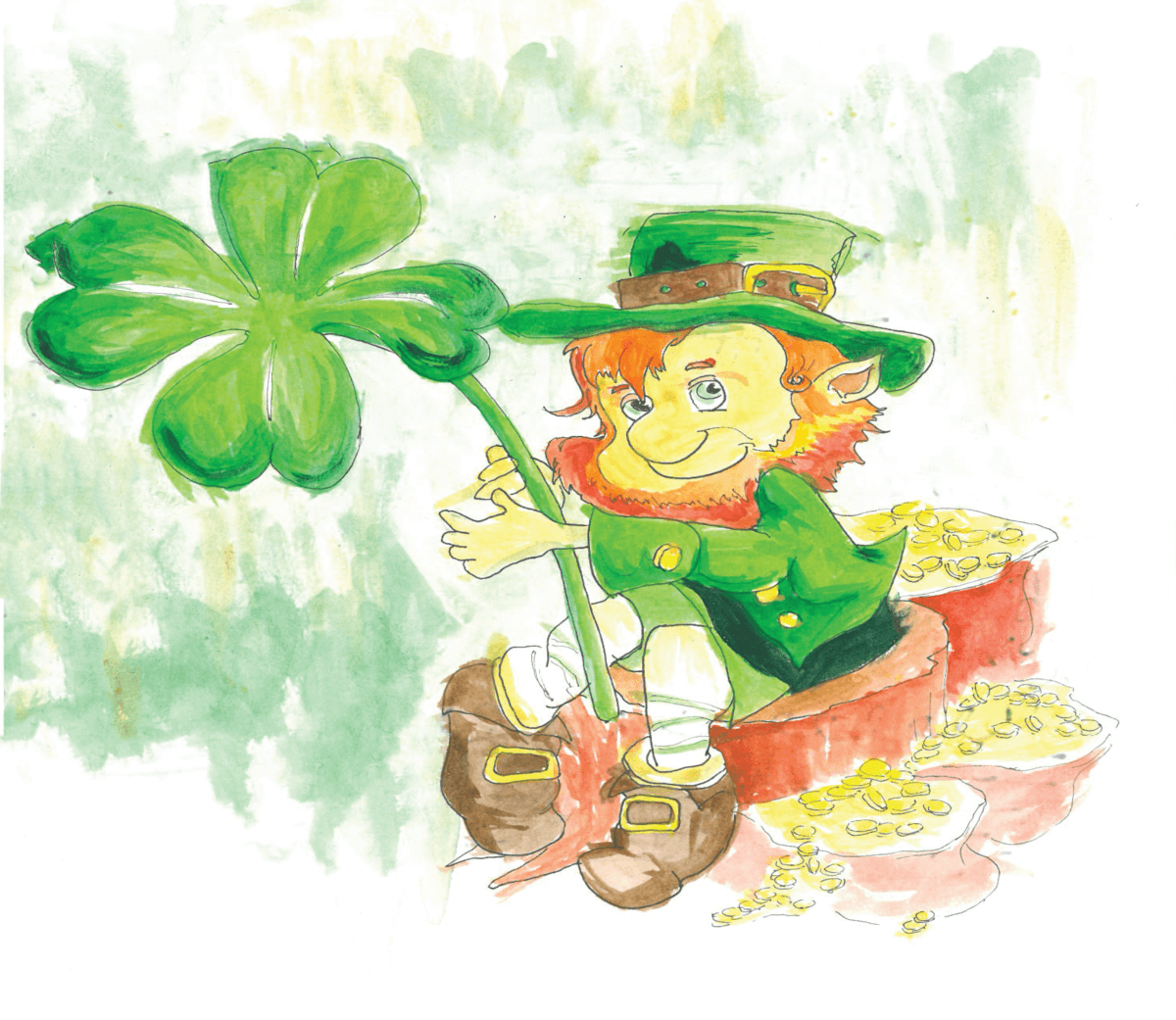In Ireland, mythology is embedded in the history of the country. It’s said that you can see Tír na nÓg (The Land of Youth) on the horizon if you look out to sea on a clear day. There are no native snakes, supposedly because St Patrick expelled all snakes from the island. The Brú na Bóinne site, built 5,000 years ago (older than the pyramids of Egypt) holds a chamber which is lit by the sun only on the solstice every year. I used to live near Lough Derravaragh, a lake where four children were supposedly turned into swans by their evil stepmother and cursed to wait 900 years for the spell to be broken. These myths and landmarks have survived thousands of years, as have the names from such stories, such as Oisín (uh-sheen), Aoife (ee-fah), Niamh (neev), Fionn (f-yun) and Meabh (may-ve), which are still very popular in Ireland today. More recent history is given the same mythic treatment. Gráinne Mhaol (graw-nyah wale) was a pirate queen and Gaelic aristocrat. In 1593 she was charged with her crimes and threatened with hanging. So, she personally went to the court of the English Queen Elizabeth I, who at that time claimed sovereignty over Ireland She pleaded that she had lived the life of a pirate out of desperation, and that if released she would change her ways. Legend has it that they spoke in Latin as Gráinne refused to speak English, and Queen Elizabeth did not know Gaelic. Elizabeth pardoned the majority of Gráinne’s crimes, but Gráinne continued to make her living “by land and sea” until her death in 1603. Many years after her death, the legend of Gráinne Mhaol became a symbol of Irish rebellion against English rule. I was taught a song about her in primary school, Óró Sé do Bheatha ‘Bhaile, which welcomes Gráinne and a thousand warriors to come and free Ireland. Even the Irish rebellion in 1916, the Easter Rising, has become almost mythical. If you’ve ever been to Dublin, you will have walked along O’Connell St and seen the General Post Office building, where some of its pillars are still pitted with bullet holes. Kilmainham Gaol, where the leaders of the rebellion were held and then executed, is now a museum and landmark. The song that the rebels sang, Amhrán na bhfiann (ow-rawn nah veen), is now the national anthem of Ireland. On the other side of Ireland, in a village called Dingle, there is a memorial to the sons of Dingle that fought in that rebellion. The story is so widely remembered and commemorated that you could almost believe that the rebels won independence for Ireland on that very day. Instead, it was in 1949 when the southern part of the Island became a republic and officially cut ties with the British Commonwealth. The Irish are known globally as musicians and storytellers. Their history, which has been marred by tragedy and hardship and struggle, is enriched with tales told and songs sung for hundreds of years. People across the world who claim Irish heritage are often drawn back to this tiny island, with a hunger to understand where they came from. The country has changed a lot, and is still changing today, but one thing remains constant. They will find a country which has fought for its identity by holding on to its myths.
We acknowledge the Ngunnawal and Ngambri people, who are the Traditional Custodians of the land on which Woroni, Woroni Radio and Woroni TV are created, edited, published, printed and distributed. We pay our respects to Elders past and present. We acknowledge that the name Woroni was taken from the Wadi Wadi Nation without permission, and we are striving to do better for future reconciliation.
